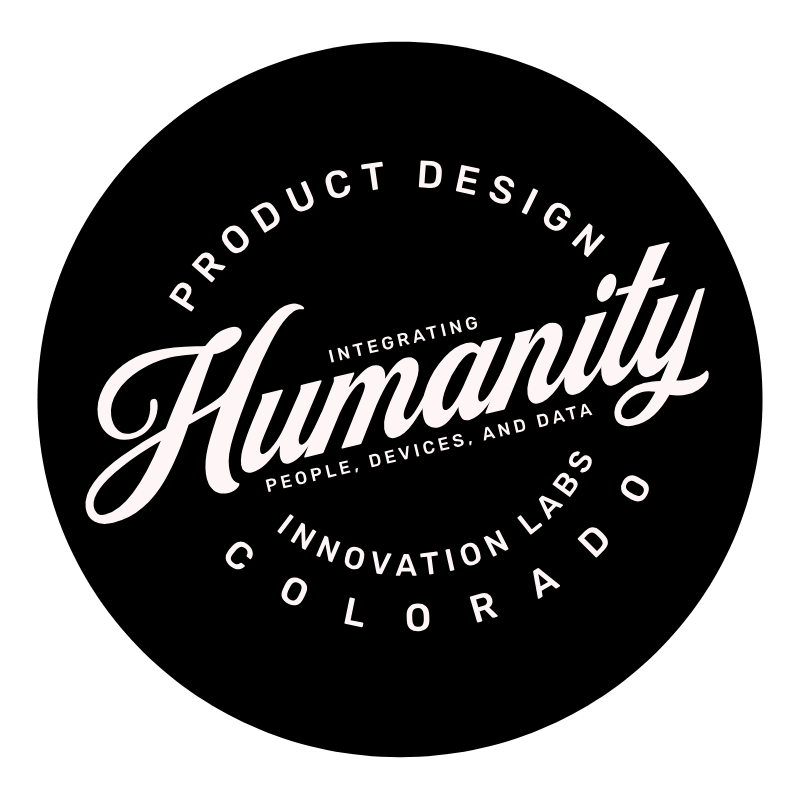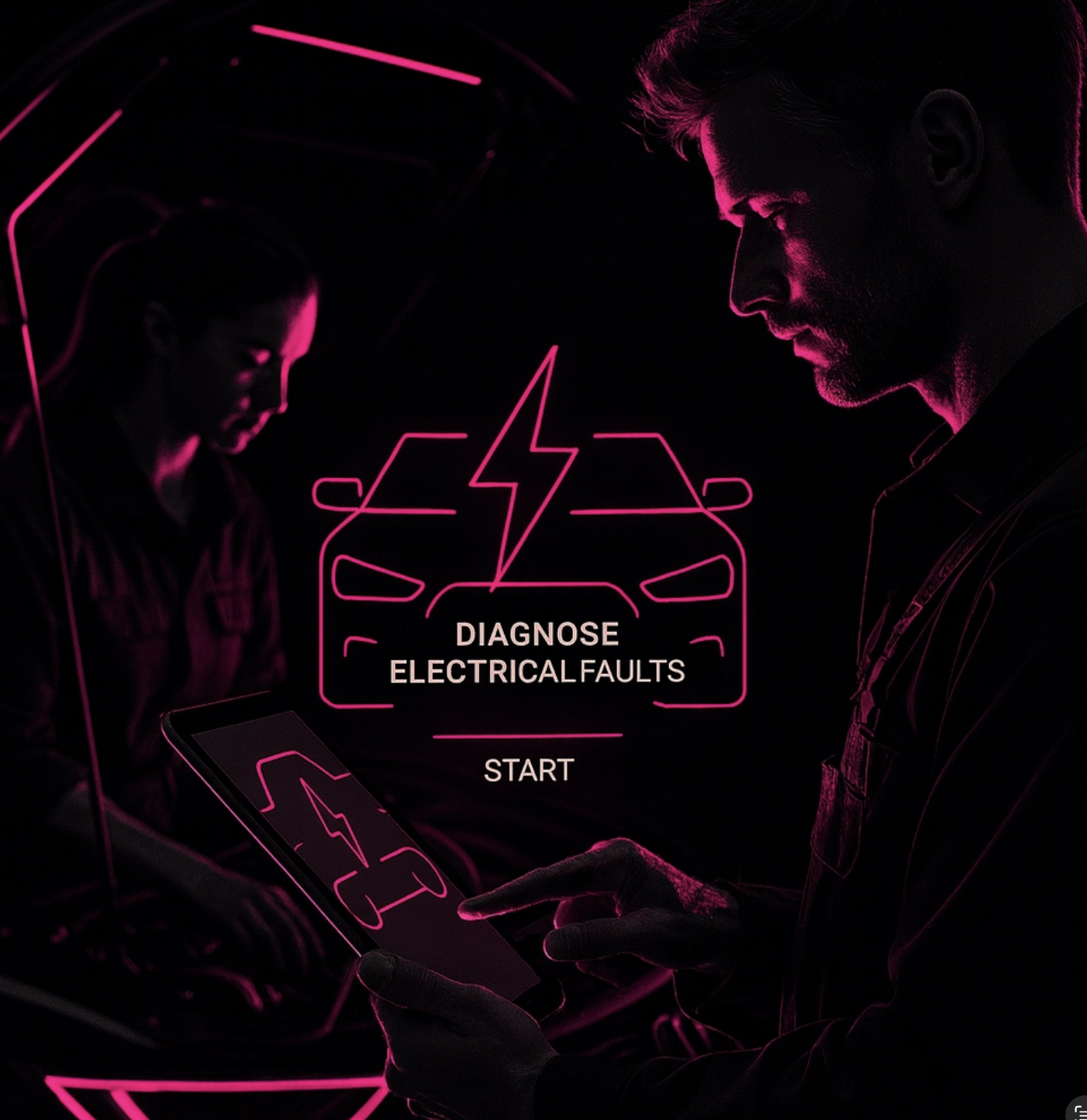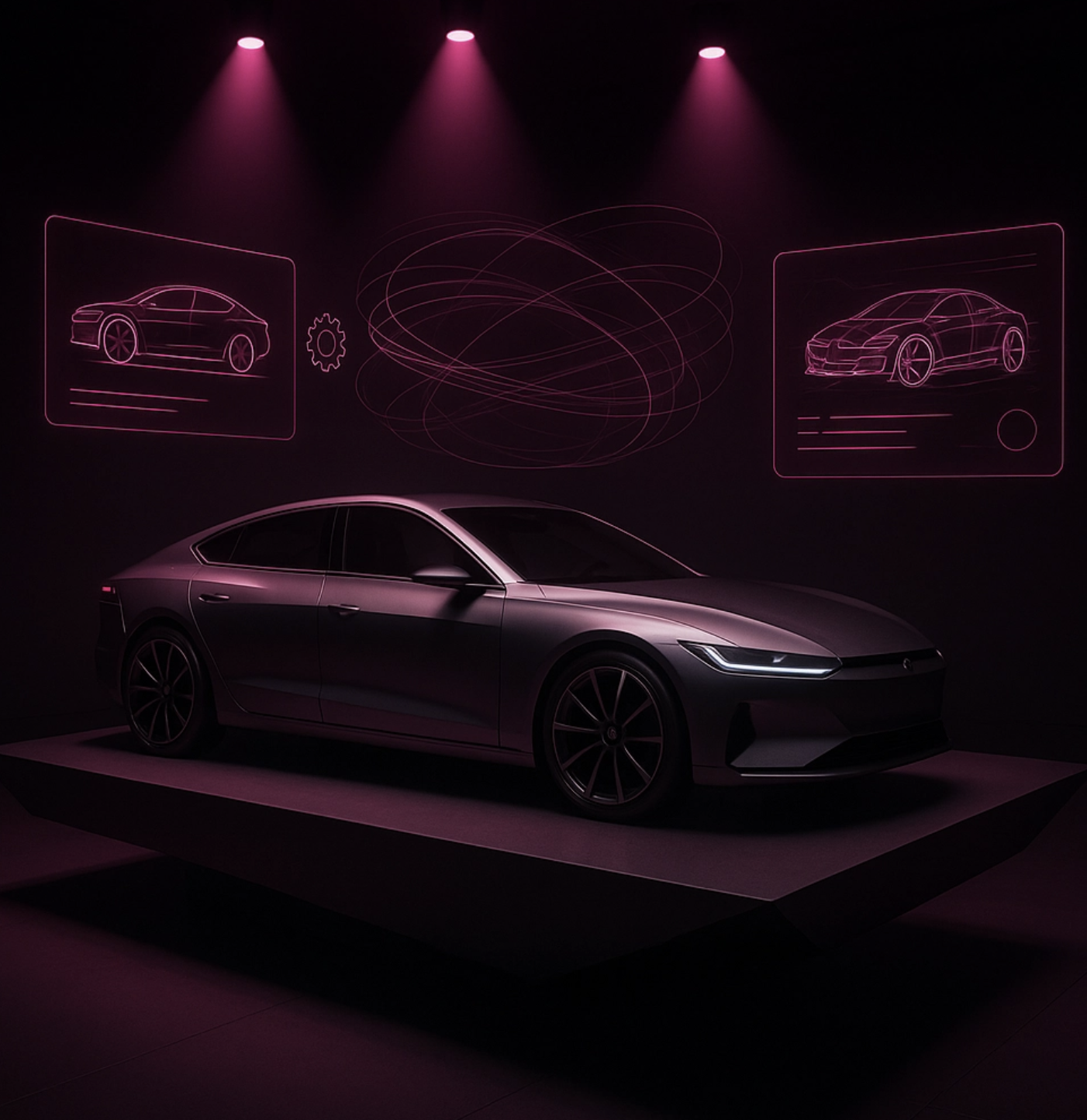How Generative AI Supercharged Our Automotive OEM Workshop: From Concept to Prototype in A Day
Turning a Big Idea Into a Real App (in a Single Day)
If you’re in the business of building innovative solutions (especially in automotive), you’ve probably heard the buzz: generative AI is changing the game. At Humanity Innovation Labs™, we recently conducted a workshop with an automotive OEM that proved just how much faster and smarter product development can be when you put AI in the driver’s seat.
This wasn’t a basic demo or a theoretical session—we rolled up our sleeves and used generative AI to go from fuzzy concept to clickable prototype by sundown. Here’s a behind-the-scenes look at what we did, how we did it, and why it matters for anyone who cares about designing products real users will love.
Traditional App Design vs. AI-Powered Workflow
Developing an app the old-fashioned way—especially in industries with high standards like automotive—can drag on for months. Teams might wrestle with spreadsheets of requirements, endless wireframes, decision fatigue from too many features, and long back-and-forths over every design change.
Our workshop flipped the process on its head. With generative AI as our co-pilot, we got immediate visual feedback, rapid iteration, and fresh ideas—all while anchoring every decision to user needs and business value.
What We Actually Did
Defined a real-world problem: The OEM came in with a nuts-and-bolts business challenge. No vague problem statements.
Identified the user: We mapped out the stakeholder (not “everyone”—a specific, real persona).
Uncovered pain points: AI helped us spot workflow bottlenecks and user frustrations.
Brainstormed solutions: With a few well-crafted prompts, generative AI generated dozens of unique approaches.
Quick-sketched wireframes: Instead of waiting days for mockups, the AI spat out clickable wireframes in minutes.
Iterated instantly: Each new idea or user need? We updated the app flow with another AI-generated version.
Prototyped: By the end of the day, we had an interactive prototype that users could click, explore, and give feedback on.
Why AI Shines at the Concept Stage
There’s a time and place for automation, but our first key takeaway was that the conceptual phase is where generative AI really earns its keep.
1. Speed to Insight
Forget endless brainstorming on sticky notes. We rapidly asked AI to generate problem statements, sketch user journeys, and even invent synthetic personas that felt surprisingly real. This meant we could walk in with only a vague idea and walk out with a wickedly sharp problem definition—and a clear vision of who we were helping.
2. Less Guesswork, More Validation
Rather than trusting our gut (or legacy assumptions), we put user needs center stage. Generative AI gave us dozens of user stories and pain points to choose from. We validated (and invalidated!) theories on the spot, ensuring we weren’t building on sand.
3. No Overbuilding
It’s tempting to cram every “nice-to-have” into the initial release. AI helped us avoid this by highlighting the one core feature that would actually move the needle for users. We kept it lean: one problem, one solution, one feature set—leading to a streamlined prototype, not a Frankenstein’s monster of features.
The Workshop Flow: AI in Every Step
Setting the Stage: A Real Automotive Challenge
Our client—a leading automotive OEM—walked in with a pressing challenge: how to help service technicians diagnose complex electrical faults faster, safely, and with less stress. We started by running this through our AI toolkit, crafting unique prompts tailored to the company’s experience.
Step 1: Persona Generation
AI helped us instantly create detailed, data-rich personas. Instead of wild guesses or “it’s probably a guy named Bob in his 40s,” we had profiles covering backgrounds, skills, frustrations, and workflow habits. This made everything downstream—from user journeys to interface needs—far more grounded.
Step 2: Mapping the User Journey
Using AI, we mapped technician pain points throughout their diagnostic day. The bot flagged moments of tool confusion, information overload, and even emotional stress (think: tight deadlines and the pressure to fix trucks fast). This gave us a tangible target for our solution.
Step 3: Uber-Fast Ideation
Through a series of prompts, generative AI offered up dozens of solution ideas—from visual dashboards to voice-assisted troubleshooting. Each idea was rated for impact and complexity, with AI flagging the ones most likely to be valuable.
Step 4: Wireframes and Mockups at Warp Speed
Here’s where things clicked: we quickly described must-have screens and user actions, then let the AI render initial wireframes. The team could give instant feedback (“move that button,” “simplify this menu”) and watch a new version emerge in seconds.
Step 5: Prototyping and Iteration
By mid-afternoon, we had an interactive prototype that you could actually use. Testing with synthetic personas and stakeholder feedback, we tweaked flows, screens, and interactions—all with more AI-generated design suggestions.
What Stood Out: Key Lessons from the Workshop
Personas led to real empathy. Instead of generic “users,” we felt like we were talking to actual people.
AI is best at the front-end. Early conceptual work—problem definition, journey mapping, feature prioritization—was where it added the most value. Once things get deeply technical (code, edge-case handling), human expertise and engineering rigor are still essential.
Validate before you build. Generative AI helped us test and tweak ideas before a single developer wrote code. We could quickly stress-test designs, reducing risk and waste.
Keep it simple. The tendency to over-design melted away as AI constantly nudged us back to core needs and minimum feature sets.
Why This Matters (Especially in Automotive)
Automotive OEMs operate in some of the world’s most demanding environments—regulatory hurdles, sky-high quality standards, and users (technicians, drivers, support teams) who simply can’t tolerate buggy tools. Using generative AI, these companies can:
Cut design cycles from months to days
Spot workflow issues before they derail product launches
Prioritize features with real user impact (not just what sounds cool)
Reduce time and money wasted on unnecessary development
Build empathy and understanding that leads to better adoption
If you’re still running development workshops the traditional way, you’re going to feel like you’re moving in slow motion compared to companies harnessing GenAI.
Let’s Build Something That Sticks
Workshops like this aren’t just a one-off event. They’re a new way to work—faster, more focused, and way more fun. If you’re an OEM or supplier in automotive (or any industry staring down digital transformation), Humanity Innovation Labs™ can help you tap the true potential of generative AI.
Interested in seeing how fast you can go from big idea to working prototype? Ready to break the cycle of endless meetings and “good enough” digital tools? We’d love to host a session for you.
Curious for more? Check out related articles:




